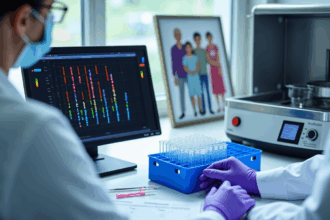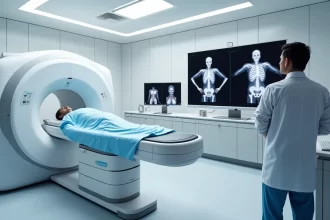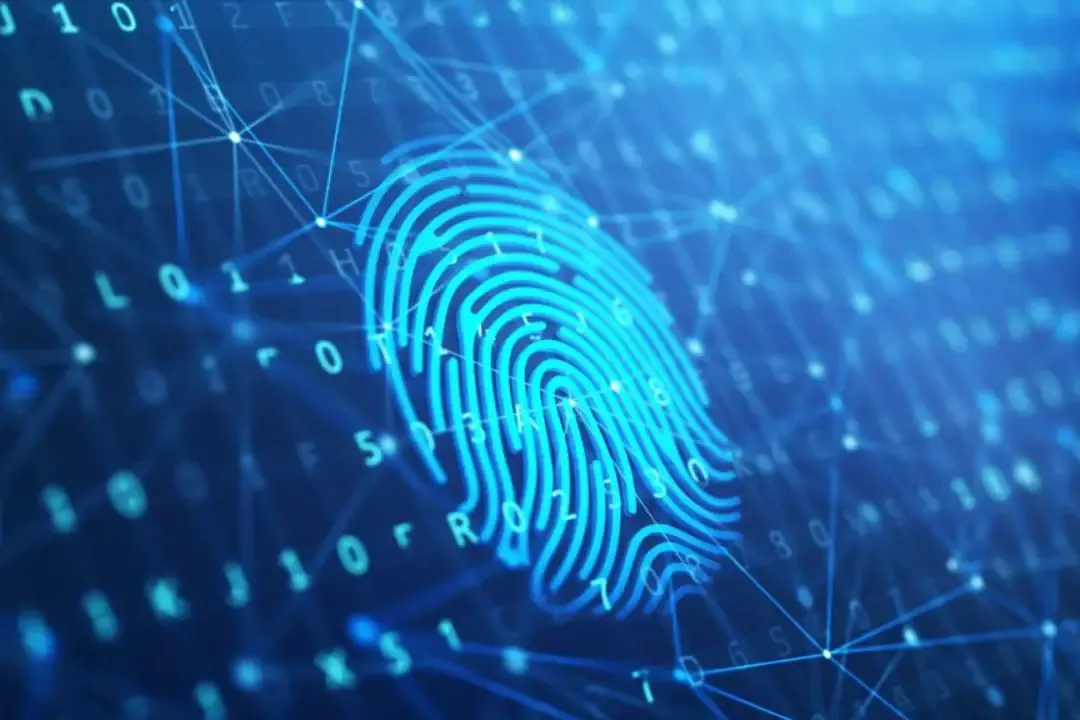Death marks the ultimate end of life—a moment when the body irreversibly ceases to function. Whether due to old age, disease, or trauma, death occurs when the body’s vital systems—the nervous, circulatory, and respiratory systems—permanently shut down. This irreversible cessation is critical for both medical and legal determinations, forming the cornerstone of forensic pathology and legal definitions of death.
From a legal perspective, death is defined as the permanent and irreversible cessation of the function of these vital systems. It is an essential concept in many areas of law, including criminal law, medical law, and estate law.
Types of Death
Death can be broadly classified into two interrelated categories:
Somatic Death
Somatic or clinical death occurs when the nervous, circulatory, and respiratory systems cease functioning. This usually happens when the body is deprived of oxygen, leading to the shutdown of these vital systems.
Somatic death refers to the cessation of function of the body’s three critical systems:
- Nervous System: Brain death is considered the complete and irreversible loss of brain function, marking a definitive end to life.
- Circulatory System: The failure of the heart and blood vessels leads to cardiorespiratory arrest, often the final stage before death.
- Respiratory System: The stoppage of breathing, or asphyxia, results when the body is deprived of oxygen.
Cellular or Molecular Death
Cellular or molecular death, on the other hand, happens when individual cells, tissues, and organs do not receive enough oxygen to keep them alive. Various factors such as diseases, infections, and injuries commonly cause this type of death.
When cells are deprived of oxygen, they undergo a series of biochemical reactions that ultimately lead to death. These reactions include the breakdown of proteins, lipids, and carbohydrates and the production of free radicals, which can cause further damage to the cells.
It is important to note that even though somatic and cellular death are distinct types of death, they are interconnected and can lead to one another. For example, cellular death can lead to somatic death if the organs affected by cellular death are vital to the body’s overall function. Therefore, it is crucial to understand the different types of death and their causes to prevent them from occurring and to treat them effectively when they do occur.
| Somatic Death | Cellular Death |
|---|---|
| The cessation of function of the three interlinked vital systems of the body (nervous, circulatory, and respiratory) | The death of individual cells, tissues, or organs |
| Caused by lack of oxygen to the entire body | Caused by lack of oxygen to specific cells, tissues, or organs |
| Leads to shutdown of the entire body | Can lead to somatic death if organs affected are vital to the body |
Suspended or apparent death
Suspended or apparent death is a fascinating phenomenon that has intrigued people for centuries. It has been portrayed in countless works of literature and art and has been a research subject for scientists and medical professionals. This phenomenon occurs when the body’s functions are minimal, giving the appearance of death, although the individual is not dead. Some people may voluntarily induce suspended or apparent death, such as in the practice of yoga, while others may experience it involuntarily, such as in cases of drowning or electrocution. Even though it can be a traumatic experience, studying suspended or apparent death can provide valuable insights into the workings of the human body and mind.
Natural vs. Unnatural Death
Natural Death
Natural death is caused by natural disease, pathological condition, disability, or devitalization, in which death is not intended or attempted and does not occur accidentally. Sudden death, on the other hand, is when natural death occurs immediately or within 24 hours of the onset of terminal symptoms, and the cause is not known to be any trauma, poisoning, or violent asphyxia.
Unnatural Death
Unnatural death arises from external factors and can be categorized as:
- Accidental death: This results from an accident in which no individual or individuals can be held responsible or negligent.
- Suicidal death: This occurs when an individual takes their own life.
- Homicidal death: This results from the act of another individual.
It is classified as undetermined if the circumstances are unclear enough to decide on any of the above.
Modes of Death
Death is a complex biological process that can occur due to the failure of one or more of the three vital systems that sustain life: the nervous, circulatory, and respiratory systems. Here are the key modes:
Failure of the Nervous System
Brain death is the irreversible cessation of all brain activity, often resulting from severe trauma or medical conditions. This state, once confirmed, is legally recognized as death.
Failure of the Circulatory System
When the heart stops beating, blood circulation ceases. This can result from cardiac arrhythmias, heart attacks, or severe blood loss. Syncope—a temporary loss of consciousness—can precede full cardiorespiratory arrest.
Failure of the Respiratory System
Respiratory failure, which can result from asphyxia, occurs when the body is deprived of oxygen. Asphyxia may be caused by:
- Mechanical Asphyxia: Physical obstruction of the airway due to choking or strangulation.
- Toxic Asphyxia: Exposure to harmful gases like carbon monoxide, which impede the body’s ability to absorb oxygen.
- Pathological Asphyxia: Medical conditions such as asthma or emphysema that restrict airflow.
- Traumatic Asphyxia: Physical trauma to the chest or neck that compresses the airway.
Understanding the different types and modes of death is essential, especially for those in the medical and legal professions.
Post-Mortem Changes
After death, the body undergoes a series of well-documented changes that are essential for forensic analysis:
Rigor Mortis
Rigor mortis is the stiffening of the muscles due to chemical changes in the cells, typically beginning a few hours after death and lasting for several hours. This phenomenon helps forensic experts estimate the time of death.
Livor Mortis
Livor mortis, also known as hypostasis, is the settling of blood in the body’s lower parts, which causes skin discoloration. This process provides additional clues about the post-mortem intervalThe post-mortem interval (PMI) is the time that has elapsed since an individual's death. When the time of death is not known, the interval may be estimated, and so an estimated time of death is established. Read Full Definition.
Algor Mortis
Algor mortis refers to the gradual cooling of the body to ambient temperature after death. Various environmental factors can influence the rate of cooling and help in determining the time since death.
Decomposition Stages
As time passes, the body enters the decomposition phase, marked by:
- Putrefaction: The breakdown of tissues by bacteria, leading to the production of gases and a characteristic odor.
- Mummification: Under certain environmental conditions, the body may dry out and mummify instead of undergoing typical decomposition.
- Adipocere"Adipocere," also known as "grave wax," refers to a unique substance that forms during the decomposition of human bodies when they are buried in moist or waterlogged environments. It is a waxy, soap-like material that Read Full Definition Formation: In some cases, the body converts into a waxy substance called adipocere, preserving the shape of tissues for an extended period.
Understanding these post-mortem changes is critical for forensic pathologists, as it aids in estimating the time since death and can offer clues about the cause and manner of death.
The Importance of Forensic Pathology
Forensic pathology plays a pivotal role in determining the cause of deathThe cause of death refers to the specific injury, disease, or underlying condition that directly leads to an individual's demise. It is a critical determination made by medical professionals, such as Medical Examiners or Coroners, Read Full Definition. Through autopsies and meticulous examinations, forensic pathologists can:
- Establish the time of death by analyzing post-mortem changes.
- Identify the cause of death by linking injuries and pathological conditions.
- Provide essential evidence
 Evidence is any form of proof, such as objects, materials, or scientific findings, presented to establish or disprove a fact in a legal proceeding. It is used to reconstruct events and link or exclude individuals Read Full Definition in medico-legal investigations that inform criminal and civil proceedings.
Evidence is any form of proof, such as objects, materials, or scientific findings, presented to establish or disprove a fact in a legal proceeding. It is used to reconstruct events and link or exclude individuals Read Full Definition in medico-legal investigations that inform criminal and civil proceedings.
These examinations resolve legal questions and contribute to our broader understanding of human biology and the natural process of death. The insights gained from post-mortem studies help improve resuscitation techniques and advance medical research into preventing premature death.
Conclusion
Death, as the irreversible cessation of the body’s vital systems, is a complex biological process with profound implications for both medicine and law. From the moment the nervous, circulatory, and respiratory systems cease functioning, a cascade of post-mortem changes ensue—ranging from rigor and livor mortis to complete decomposition. Understanding these processes is essential for forensic pathology, as it enables experts to accurately determine the time and cause of death, ultimately aiding in legal investigations and the administration of justice.
The study of death and its stages provides crucial insights into human biology and helps ensure that forensic evidence is collected and interpreted with precision. As forensic science Discover the fascinating field of Forensic Science, the application of scientific principles to legal matters. This post delves into its many disciplines, from DNA analysis to crime scene investigation, its importance in the justice system, Read Full Definition continues to evolve, these fundamental principles remain central to developing advanced techniques, improving our ability to solve cases and deliver justice for victims. The ongoing exploration of post-mortem changes and the underlying biochemical processes deepens our understanding of life’s final chapter, underscoring the delicate balance between scientific inquiry and the inevitable end of life.
Discover the fascinating field of Forensic Science, the application of scientific principles to legal matters. This post delves into its many disciplines, from DNA analysis to crime scene investigation, its importance in the justice system, Read Full Definition continues to evolve, these fundamental principles remain central to developing advanced techniques, improving our ability to solve cases and deliver justice for victims. The ongoing exploration of post-mortem changes and the underlying biochemical processes deepens our understanding of life’s final chapter, underscoring the delicate balance between scientific inquiry and the inevitable end of life.












